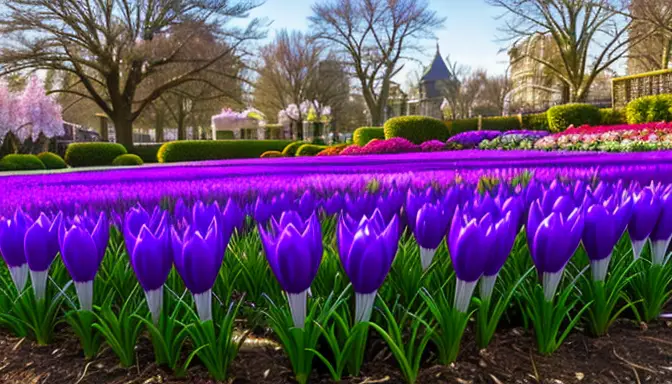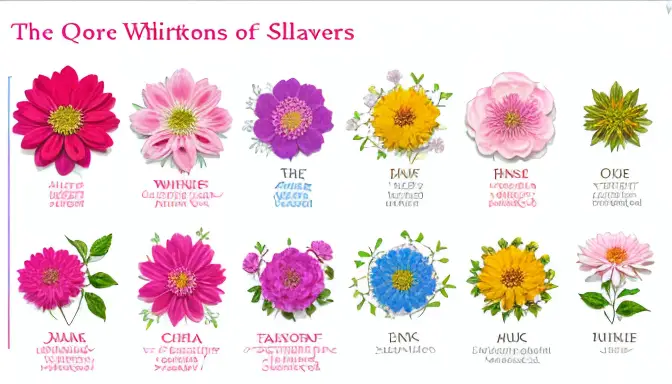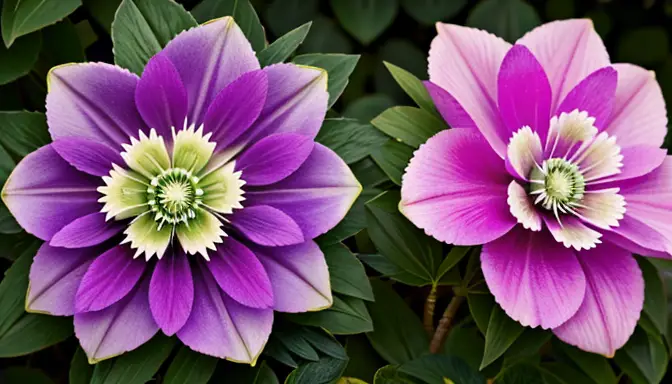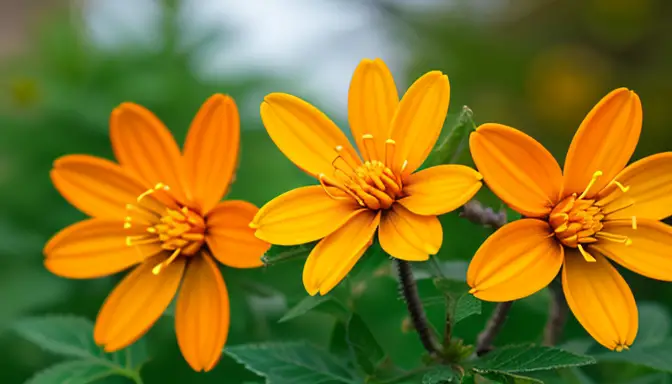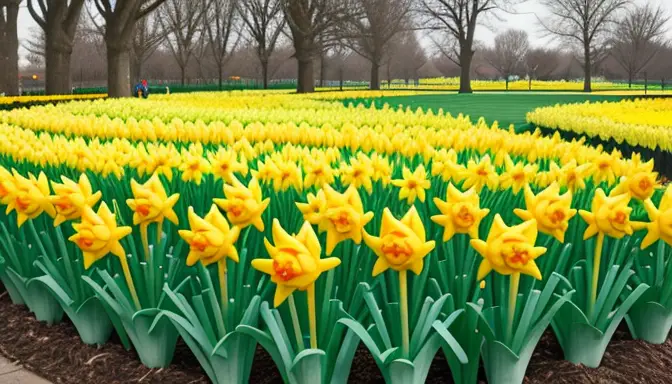February may be the heart of winter, but it doesn’t mean your surroundings have to be dull and dreary. In fact, this month is bursting with vibrant flowers that can add a pop of color and cheer to your home or garden. From delicate snowdrops symbolizing hope to the iconic bright yellow daffodils heralding the arrival of spring, there is a wide variety of blooms to explore and enjoy. Let’s take a colorful journey through the flowers in season in February and discover how these beautiful blossoms can brighten up even the coldest of days.
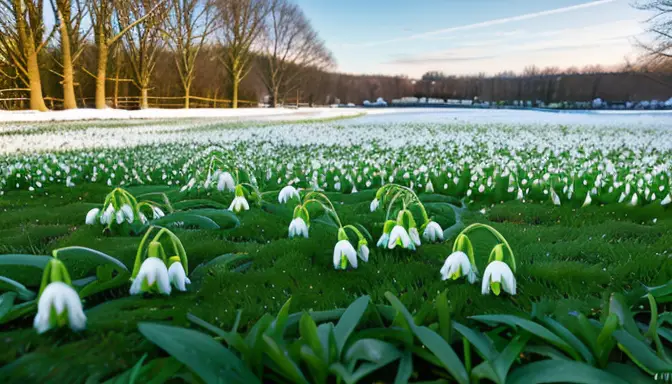
1. Snowdrops
Snowdrops are delicate white flowers that symbolize hope and the arrival of spring.
Their dainty appearance and early arrival make them a favorite among gardeners looking to add a touch of elegance to their outdoor spaces.These charming blooms are a sight to behold in February, peeking through the snow-covered ground and bringing a sense of renewal..
When caring for snowdrops, it’s essential to plant them in well-drained soil and provide adequate sunlight. These resilient flowers can thrive even in colder temperatures, making them perfect for the winter months. Whether you choose to plant them in clusters or scatter them throughout your garden, snowdrops are sure to brighten up any landscape.
To enjoy the beauty of snowdrops in your home, consider displaying them in small vases or containers. Their simplicity and purity make them a lovely addition to any indoor setting, bringing a sense of freshness and vitality during the winter season.
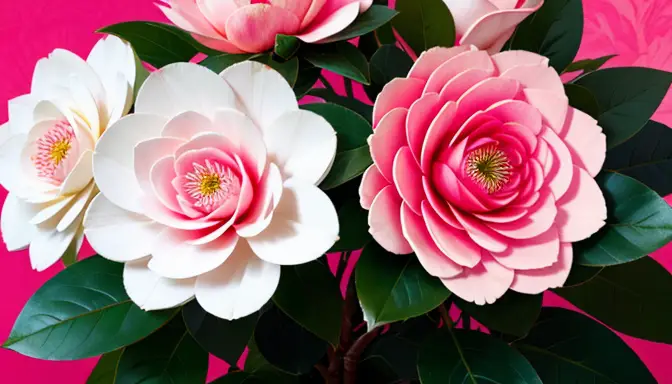
2. Camellias
Camellias are exquisite flowers that grace gardens with their elegant blooms in shades of pink, red, and white. These stunning flowers are a popular choice for February, adding a touch of beauty to the winter landscape. With their glossy green leaves and vibrant petals, camellias are a sight to behold. They thrive in cool weather and require well-drained soil to flourish.
When caring for camellias, it is essential to provide them with adequate sunlight and regular watering. These flowers are relatively low-maintenance but benefit from occasional pruning to maintain their shape and promote healthy growth. Camellias come in various varieties, each with its unique characteristics and blooming patterns.
To incorporate camellias into your garden, consider planting them in clusters or as focal points in flower beds. Their striking colors and lush foliage can enhance the overall aesthetic of your outdoor space. Whether you choose single or double-flowered varieties, camellias are sure to captivate with their beauty.
3. Primroses
Primroses are cheerful and colorful flowers that brighten up gardens and indoor spaces in February. These vibrant blooms come in a range of colors, from soft pastels to bright hues, adding a touch of joy to any setting.
When cultivating primroses, it’s essential to provide them with the right care to ensure their health and longevity. Here are some tips for successfully growing primroses:
- Plant primroses in well-draining soil that is rich in organic matter.
- Ensure they receive adequate sunlight, ideally in a location with partial shade.
- Water primroses regularly, keeping the soil consistently moist but not waterlogged.
- Deadhead faded flowers to encourage continuous blooming.
With their charming appearance and easy maintenance, primroses are a delightful addition to any garden or indoor space, bringing a burst of color and happiness during the winter months.
